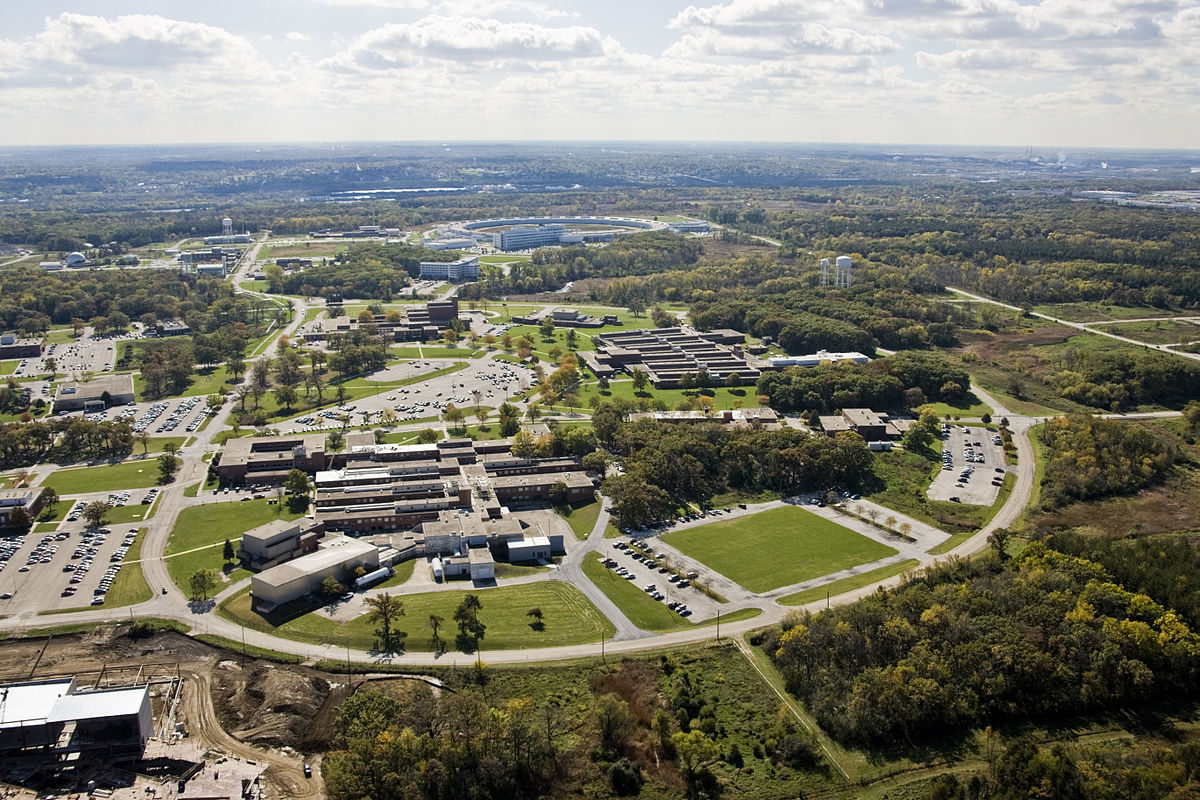Lithium-sulfur batteries are one of many energy storage chemistries often said to have potentially far higher storage capacities than today’s lithium-ion batteries whilst relying on cheaper, abundant materials.
But, according to the Argonne National Laboratory, the performance of lithium-sulfur devices is marred by an unwanted reaction known as ‘polysulfide shuttling’ whereby during charging, incompletely oxidized lithium sulfur compounds can dissolve into the electrolyte. Compounds are then reduced on the anode and oxidize at the cathode, wasting battery charge.
“With the polysulfide shuttle, you’re getting nothing out of your battery except for heating it up,” said Argonne chemist Chi Cheung Su, an author of the study. “It’s like trying to fly from New York to Los Angeles but getting stuck traveling back and forth between Chicago and Denver.”
The reaction happens because the polysulfides are easily able to dissolve in common electrolytes containing dioxolane and dimethoxyethane. However, there is a new class of electrolyte – hydrofluoroethers (HFEs) – in which polysulfides do not dissolve so readily.
“There are two problems that we need to solve simultaneously – having low solubility and high conductivity,” said Su. “By achieving both, we can bring these batteries closer to reality.”
No magic bullet
The group went onto evaluate the properties of various HFE materials and electrolytes containing them. They were able to establish the relationship between the organic structure and the electrochemical performance of the material and develop a general rule to predict the solvating behavior and conductivity of different HFE molecules. The rule is described in a paper published in Angewandte Chemie.
The group says its findings offer valuable insight into the polysulfide shuttling effect and will instruct future researchers seeking the most suitable HFEs as an electrolyte cosolvent in a given battery system.
Whilst measuring the performance of the different electrolytes, the group found that the electrolyte chemistries that performed the best in eliminating polysulfide shuttling were also the weakest in terms of conductivity. “It goes to show that there’s no magic bullet for lithium-sulfur batteries yet, and that we’ll still need to continue to find ways to improve the chemistries we have,” Su said.
This content is protected by copyright and may not be reused. If you want to cooperate with us and would like to reuse some of our content, please contact: editors@pv-magazine.com.




1 comment
By submitting this form you agree to pv magazine using your data for the purposes of publishing your comment.
Your personal data will only be disclosed or otherwise transmitted to third parties for the purposes of spam filtering or if this is necessary for technical maintenance of the website. Any other transfer to third parties will not take place unless this is justified on the basis of applicable data protection regulations or if pv magazine is legally obliged to do so.
You may revoke this consent at any time with effect for the future, in which case your personal data will be deleted immediately. Otherwise, your data will be deleted if pv magazine has processed your request or the purpose of data storage is fulfilled.
Further information on data privacy can be found in our Data Protection Policy.